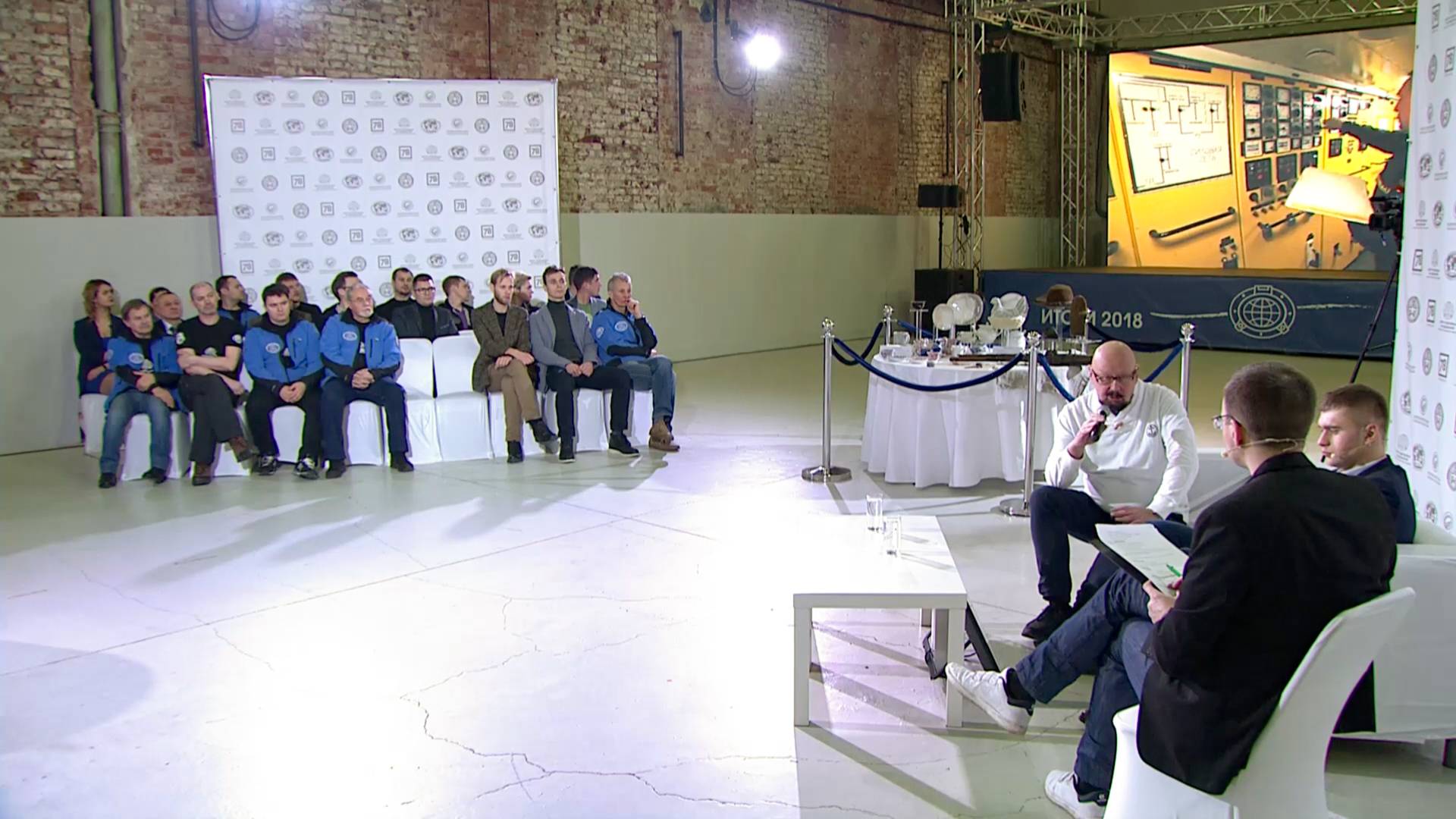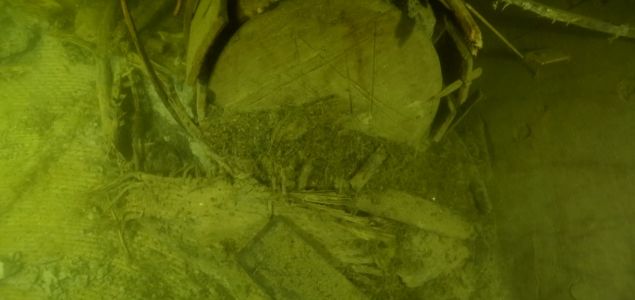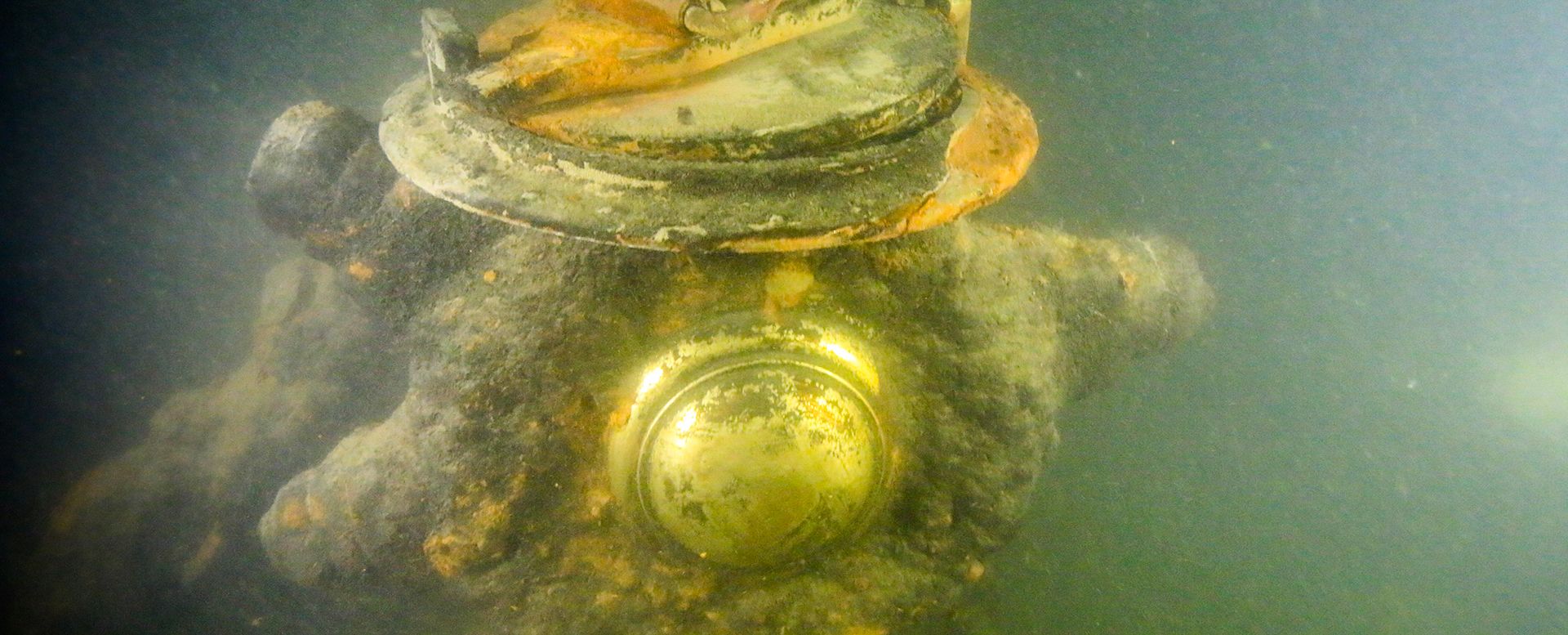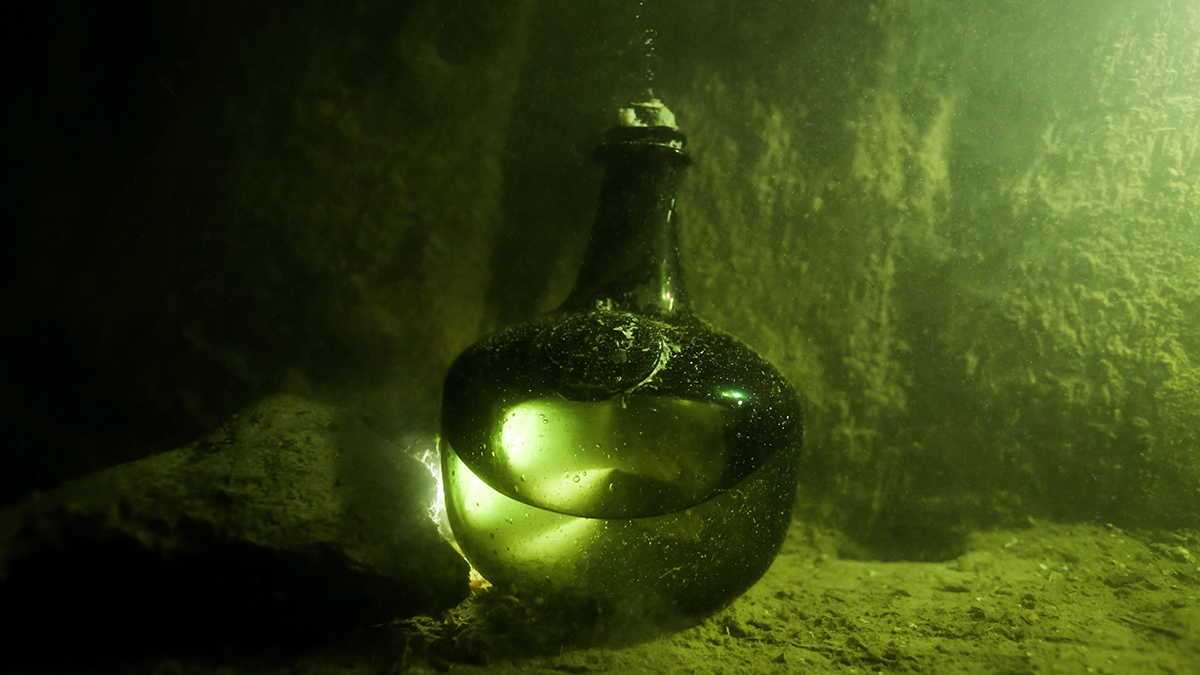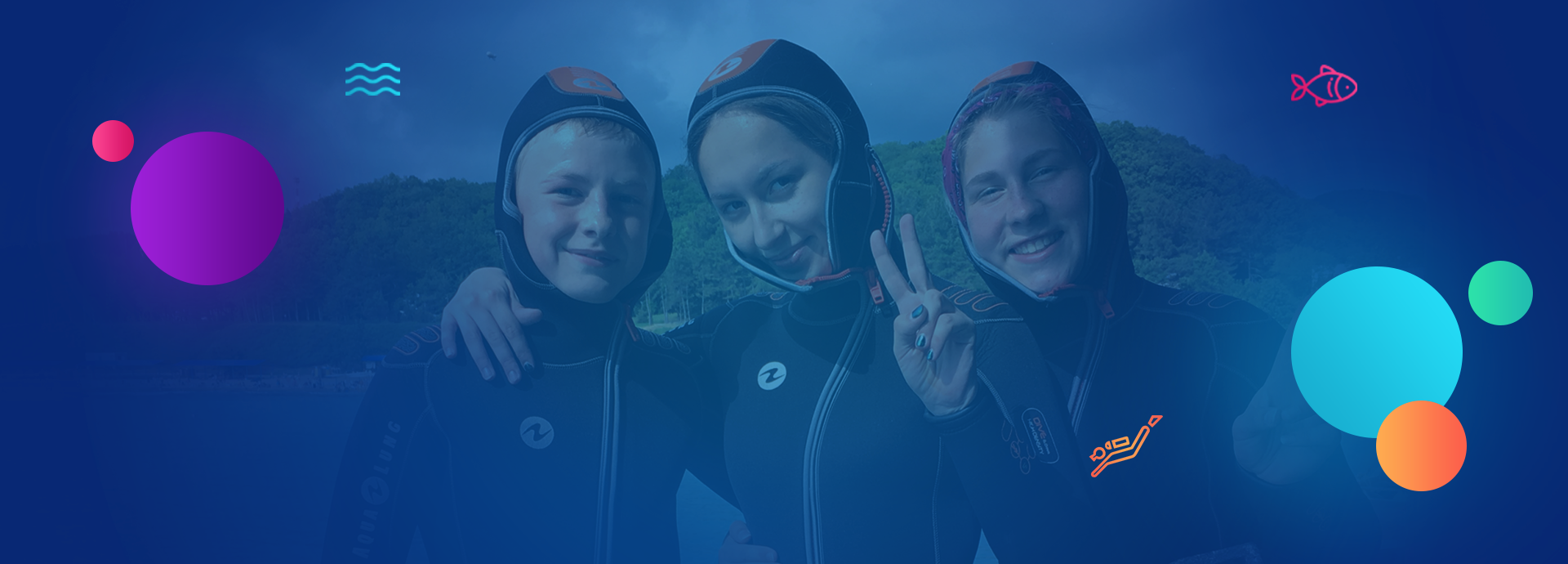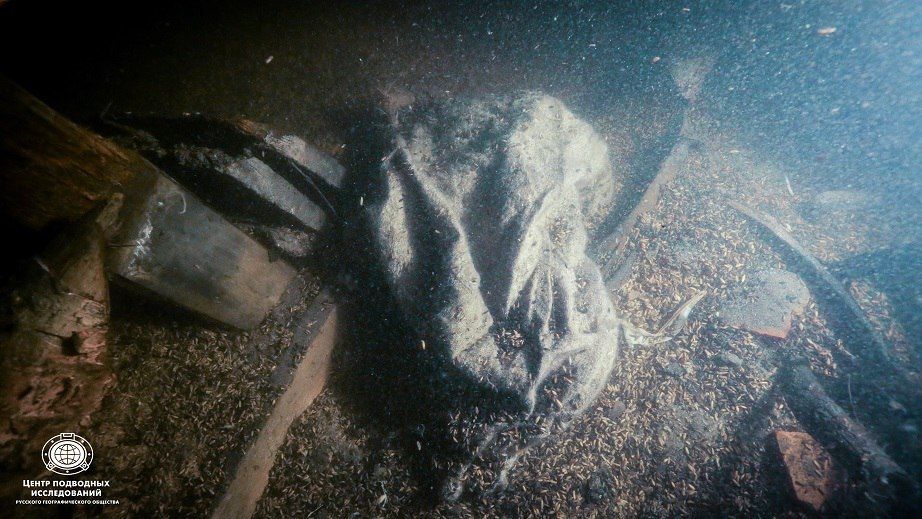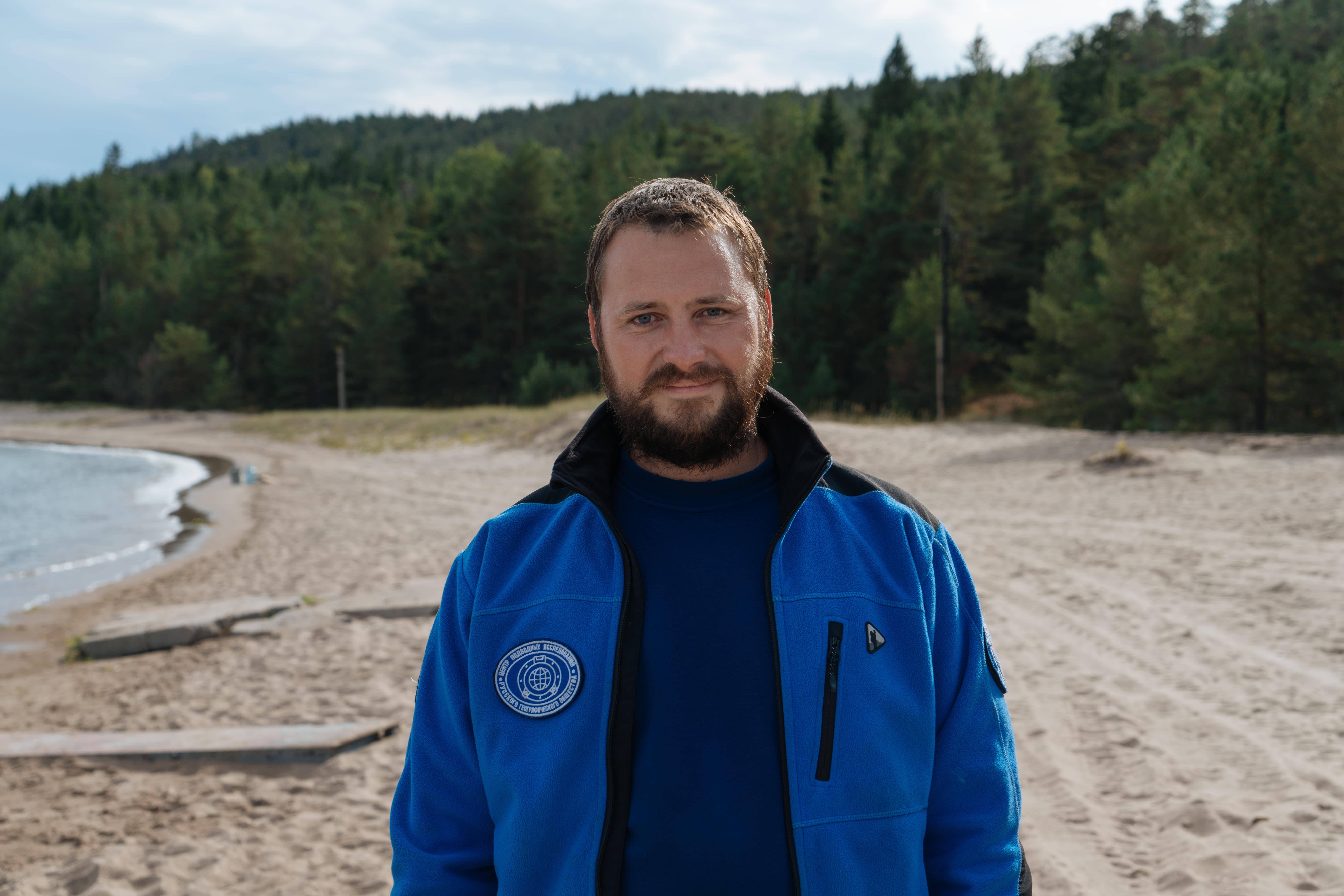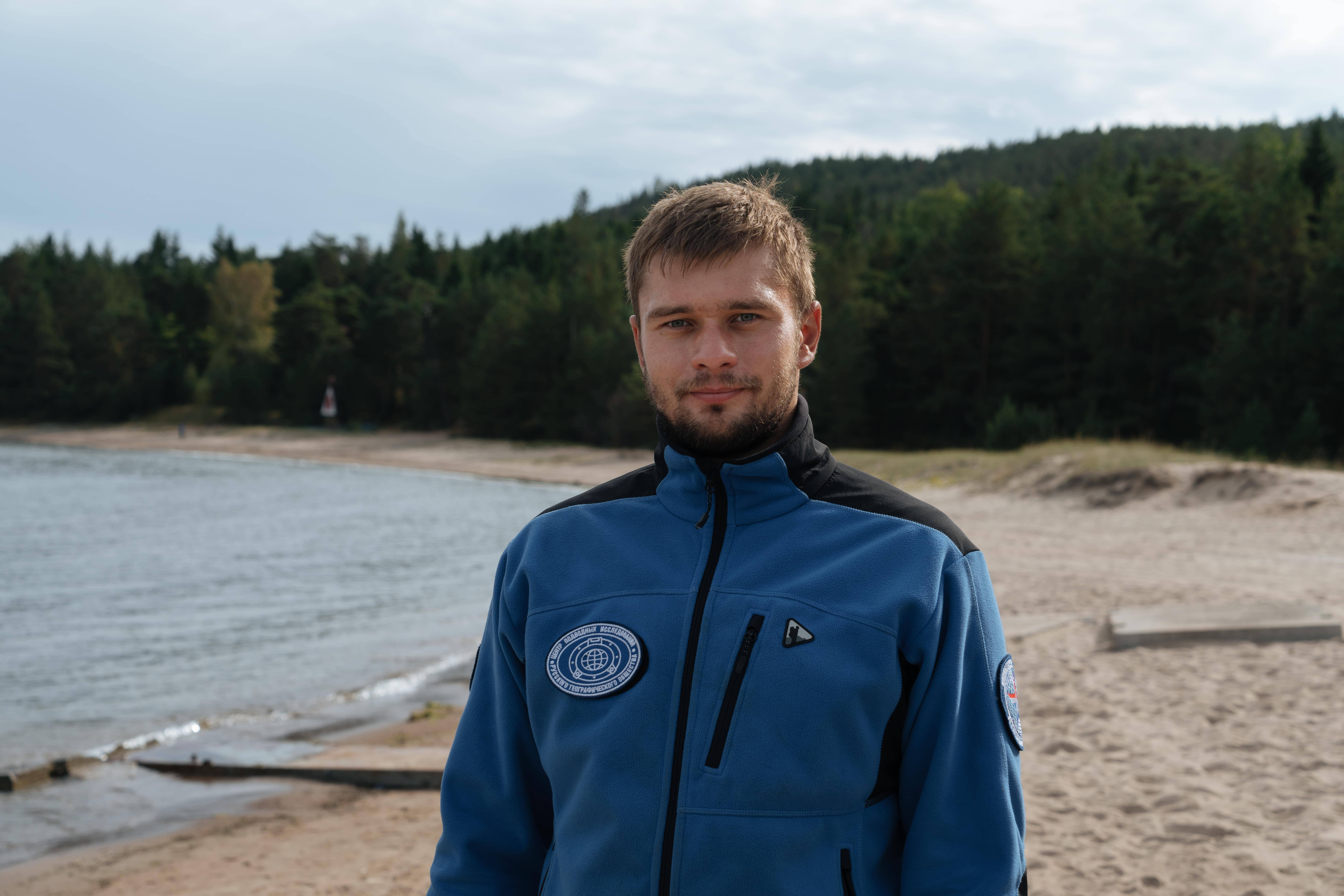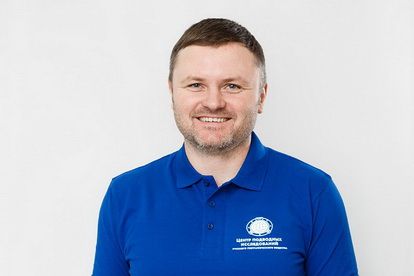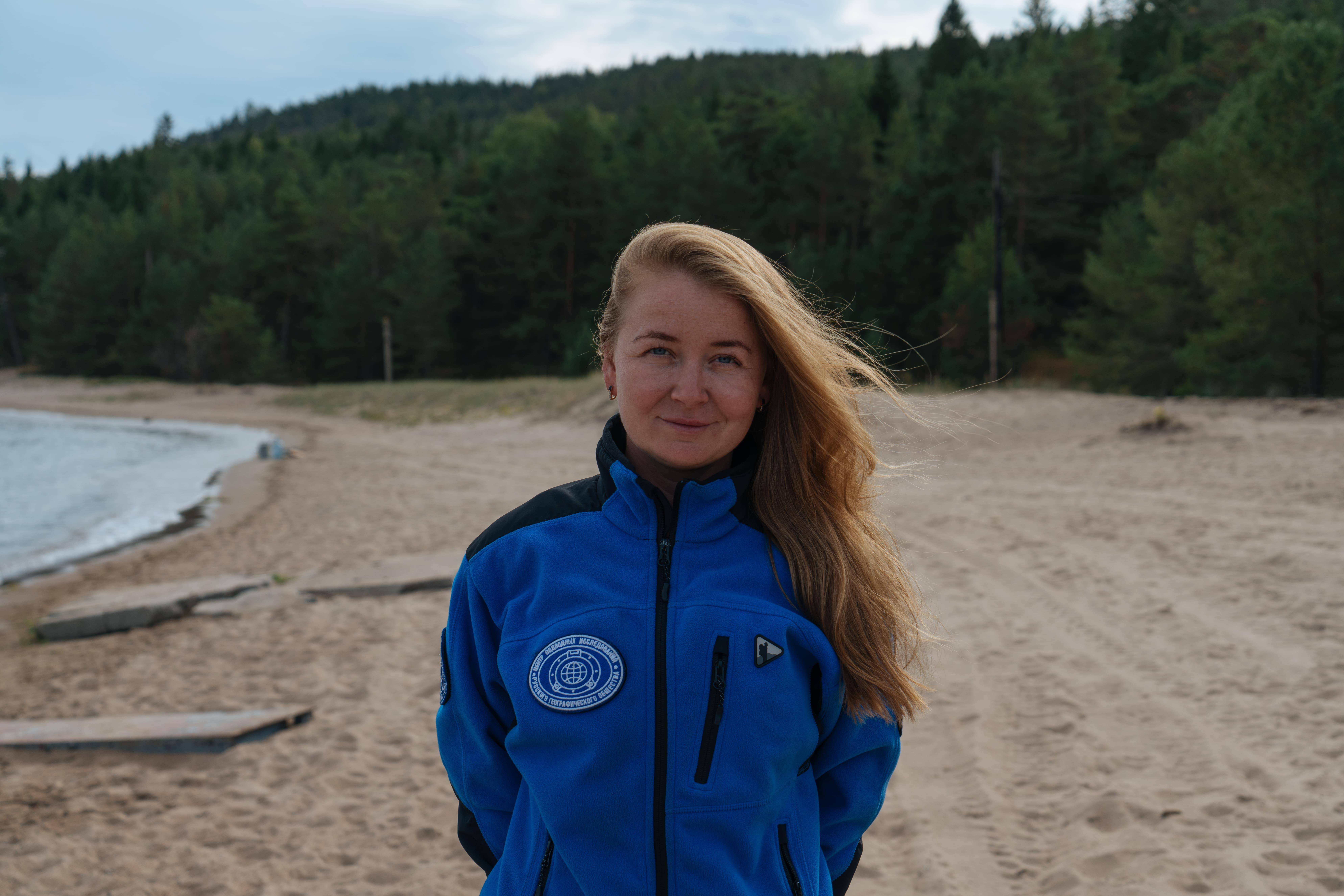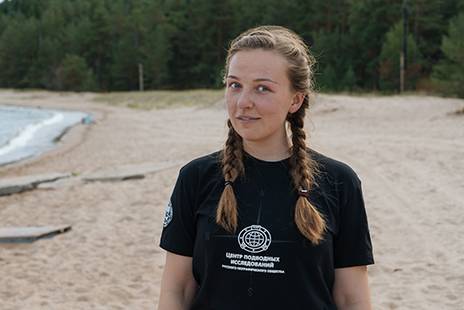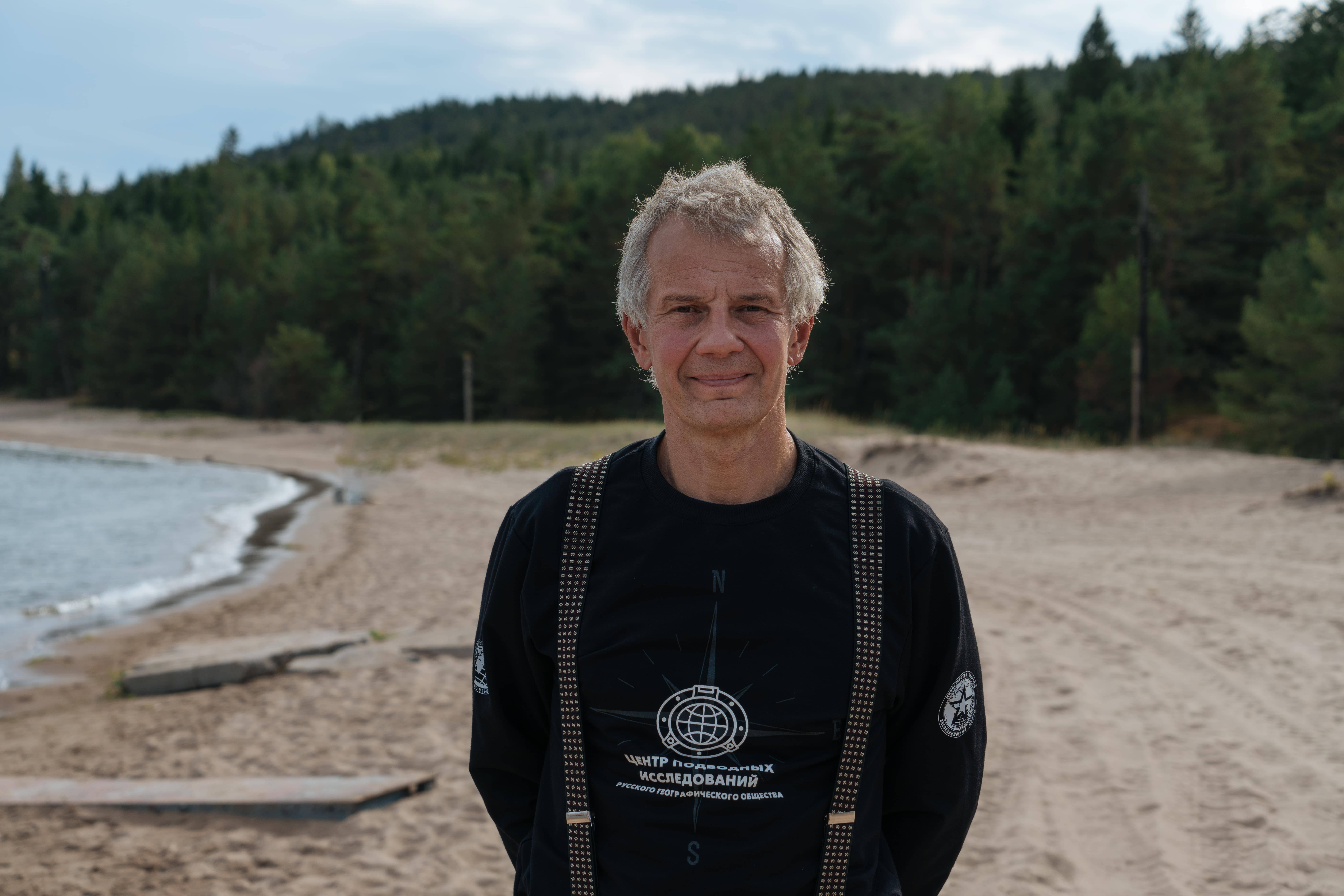These plans include a training camp in Kabardino-Balkaria, exhibition in Hamburg, educational project over at the Black Sea Coast, archaeological fieldwork and artifact recovery in the Baltic Sea, as well as underwater search and recovery in the North of Russia. By the end of the year, the team of the Underwater Research Center of the Russian Geographical Society will be able to ace any geography quiz, what with all their travels all over Russia and abroad. The underwater experts shared their future plans and discussed the achievements of the previous year at a press conference in Saint Petersburg.
“The experts will answer all the questions” proved to be the motto of the press conference. Our divers, of course, stole the spotlight. After all, at the URC RGS, they are not only manual laborers, but also researchers, and some are underwater archaeologists.
Two major projects have already been implemented, including underwater excavations of Archangel Raphael, a Lübeck cargo vesselthat has been a continuous source of ancient artifacts, which are then preserved at the Center’s laboratory. These artifacts are subsequently added to the Contraband. Three Centuries Underwater collection, which had been exhibited both at the Saint Petersburg Headquarters of the Russian Geographical Society and at the National Defense Management Center in Moscow. The Oranienbaum exhibition concluded in late 2018, meaning the time has come to prepare the collection for an overseas voyage from Peterhof State Museum-Reserve to Hamburg’s International Maritime Museum.
Another archaeological highlight of 2018 was the underwater excavations of an English ketch, which sank in the waters off Gogland Island in the second half of the 19th century. The vessel has not yet been officially identified, and the researches call it “Cupboard”, as pantries with faience manufactured by two small English factories were discovered aboard the ship. Over 200 objects have been recovered and preserved, with several tea sets presented at the press conference along with new Archangel Raphael artifacts.
The “Cupboard” underwater excavations will continue in 2019, becoming the deepest archaeological shipwreck excavation in Russia at 60 meters below the surface. And that’s why training is extremely useful. This year, there will be several very different training programs. Research divers will start with Kabardino-Balkaria’s Tserek-Kel lake, the second deepest karst lake in the world. Then they will embark on a sub-ice expedition to Tranzundsky raid, and, come spring, begin trial underwater excavations at a site near Kotlin Island, washing off the silt inside the ship’s hull. All of these activities will be closely supervised by two of our physiologists. The expedition is simply impossible without diving medicine specialists!
But divers are not the only ones exploring the depths, the Underwater Research Center of the Russian Geographical Society also employs ‘underwater robots’, or remotely operated uninhabited vehicles (POV), as well as manned submersibles. C-Explorer, a submersible that explored the depths of the Blue Lake of Tserik-Kel and captured the port and starboard of the screw frigate Oleg, will return to Gogland in 2019 to take part in a large annual underwater expedition organized by the URC RGS together with the Ministry of Defense of the Russian Federation. As forС-Quester, the other submersible owned by the Russian Geographical Society, its mission remains the same. Manned submersibles are also involved in our educational program on underwater research (“Oceanautica”). It is located on the coast of the Black Sea and run by our Center together with the RCC Orlyonok. This year, the registration for the program will remain open until February, 12. Learn more at oceanautica.ru. “Oceanautica” consists of a correspondence training stage (the competition) and an on-site practical course at the Orlyonok. Every year, 100 young Russians win a free URC RGS-led session at the camp. Young oceanauts must join one of the five groups: custodians (conservation and museum studies 101), inventors (underwater robotics), aquanauts (introduction to diving), rescuers (rescue and diving medicine), and hydronauts (underwater vehicle piloting skills), with the latter using the С-Quester.
Since 2017, our Center has been involved in the creation of a Russian-made manned submersible. Our first steps in this direction have been successful, the draft of the project is complete, with Gazprom as the customer. The device and its characteristics are rather unique: the depth of immersion exceeds 2 kilometers, but what makes it even more fascinating is its spherical, transparent body with a viewing angle of at least 270 degrees. Previously, apparatuses designed to work at such depths were equipped with small portholes. As for the tasks the apparatus will perform, whether it will conduct research or repair a gas pipeline, depends on the attached equipment, which will also be developed in Russia.
With further development and advancements in physical and research facilities, it will become a significantly faster and easier process to explore and record objects of underwater cultural heritage. In 2018, 38 new objects were found by the URC RGS team, using hydroacoustic methods, which are now awaiting divers to photograph and describe each and every one of them.
In the meantime, all the new pins appearing on the map of the Baltic Sea are entered into a single database, created together with the Ministry of Defense of the Russian Federation to systematize and update the current state of the underwater areas within our country. A dossier will be created for each object, containing hydroacoustics data, description, as well as photos and videos. Building this database is one of the key tasks of the Underwater Research Center, RGS for 2019.
The press conference lasted nearly an hour and a half. It was broadcast via our partner’s (TV channel 78) Youtube channel and social media, amassing over 100 000 views.







